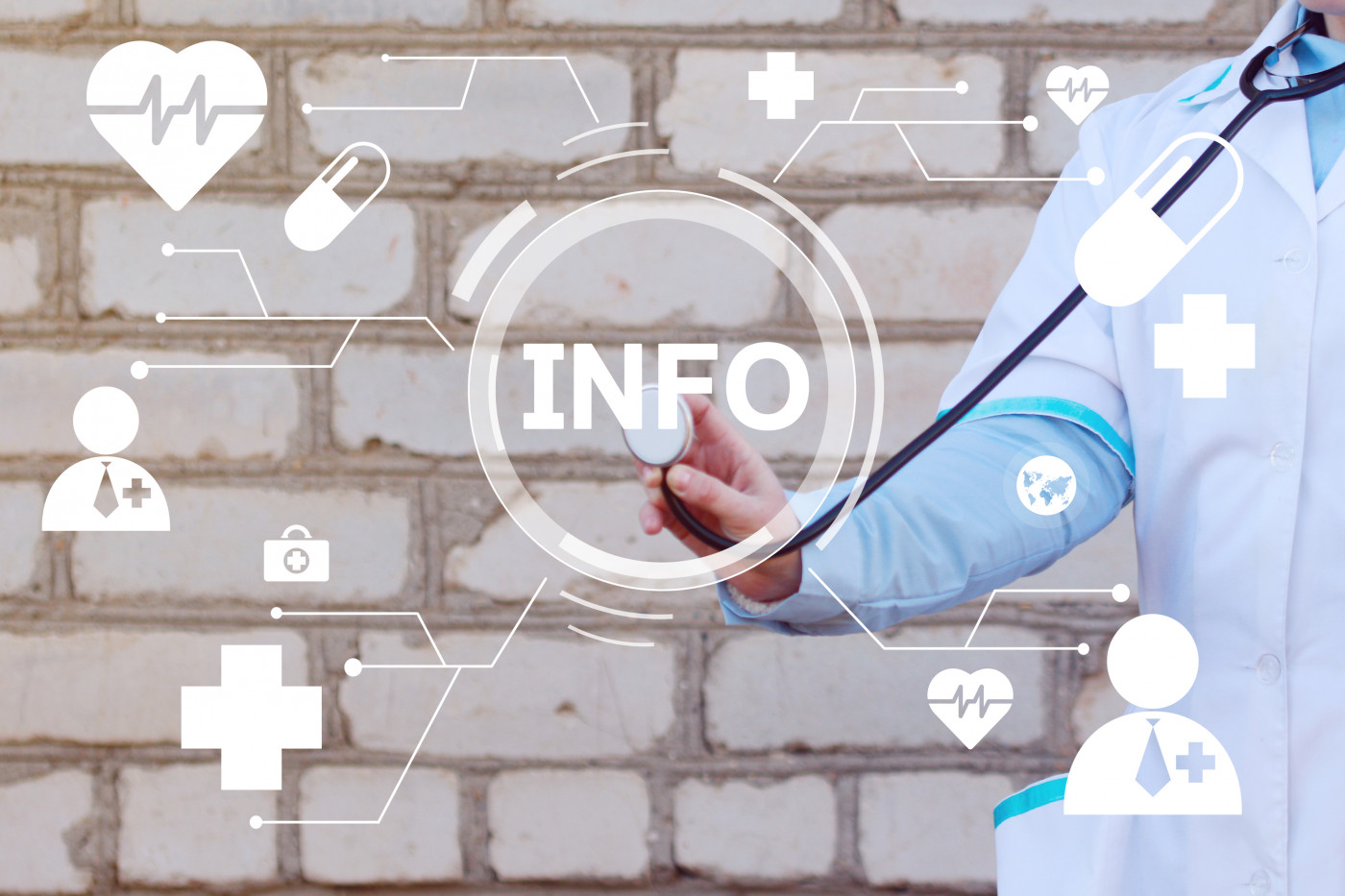Medical Alert Cards for AADC Deficiency
Written by |

Aromatic l-amino acid decarboxylase (AADC) deficiency can cause sudden cardiac issues, oculogyric crises, and problems with breathing and blood pressure, among other symptoms. Physicians may not be familiar enough with AADC to respond adequately in such situations. That’s why medical alert cards are very important.
What is AADC deficiency?
Mutations in the DDC gene cause AADC deficiency. This gene contains the instructions necessary for cells to make the AADC enzyme. The body uses this enzyme to make two neurotransmitters: dopamine and serotonin. Neurotransmitters are chemical messengers that transmit signals between nerve cells and other cells. Mutations in the DDC gene mean that the AADC enzyme does not work as it should. This results in lower levels of dopamine and serotonin that can lead to the symptoms of AADC deficiency.
The exact prevalence of AADC deficiency is unknown, but a U.S. study found that 36 of 19,684 people with unknown neurological disorders had mutations associated with AADC deficiency.
Treatment in an emergency
Although most physicians are familiar enough with medical conditions such as seizures, which may occur in people with AADC deficiency, it may be a challenge for emergency personnel to understand what is going on if they lack early and fast access to a patient’s medical history.
Symptoms associated with autonomic dysfunction in AADC deficiency that may require emergency medical attention include low blood pressure, fainting and, in extreme cases, cardiac arrest.
What are medical alert cards?
It may not always be easy to explain what is happening or what treatment your child needs in an emergency. In such situations, medical alert cards can potentially save lives.
It’s recommended that all patients with AADC deficiency carry a medical alert card at all times. This should include brief information about the disease, possible complications, and medications to avoid. You may want to print the card in other languages for use when traveling abroad.
There are various versions of medical alert cards (also known as emergency medical cards). For example, in addition to a concise description of the disease they also can include clinical symptoms and possible crises, including cardiac complications and hypoglycemia (low blood sugar).
The cards also may contain information about monitoring your child’s temperature and glucose levels during acute episodes, and which symptoms call for hospitalization and surveillance.
Medical alert cards typically give special instructions to emergency personnel. For instance, they may note that, due to increased risk of hypoglycemia and hemodynamic instability (abnormal or unstable blood pressure) in AADC deficiency, caution must be used regarding anesthesia.
Last updated: Nov. 11, 2020
***
AADC News is strictly a news and information website about the disease. It does not provide medical advice, diagnosis, or treatment. This content is not intended to be a substitute for professional medical advice, diagnosis, or treatment. Always seek the advice of your physician or other qualified health provider with any questions you may have regarding a medical condition. Never disregard professional medical advice or delay in seeking it because of something you have read on this website.




